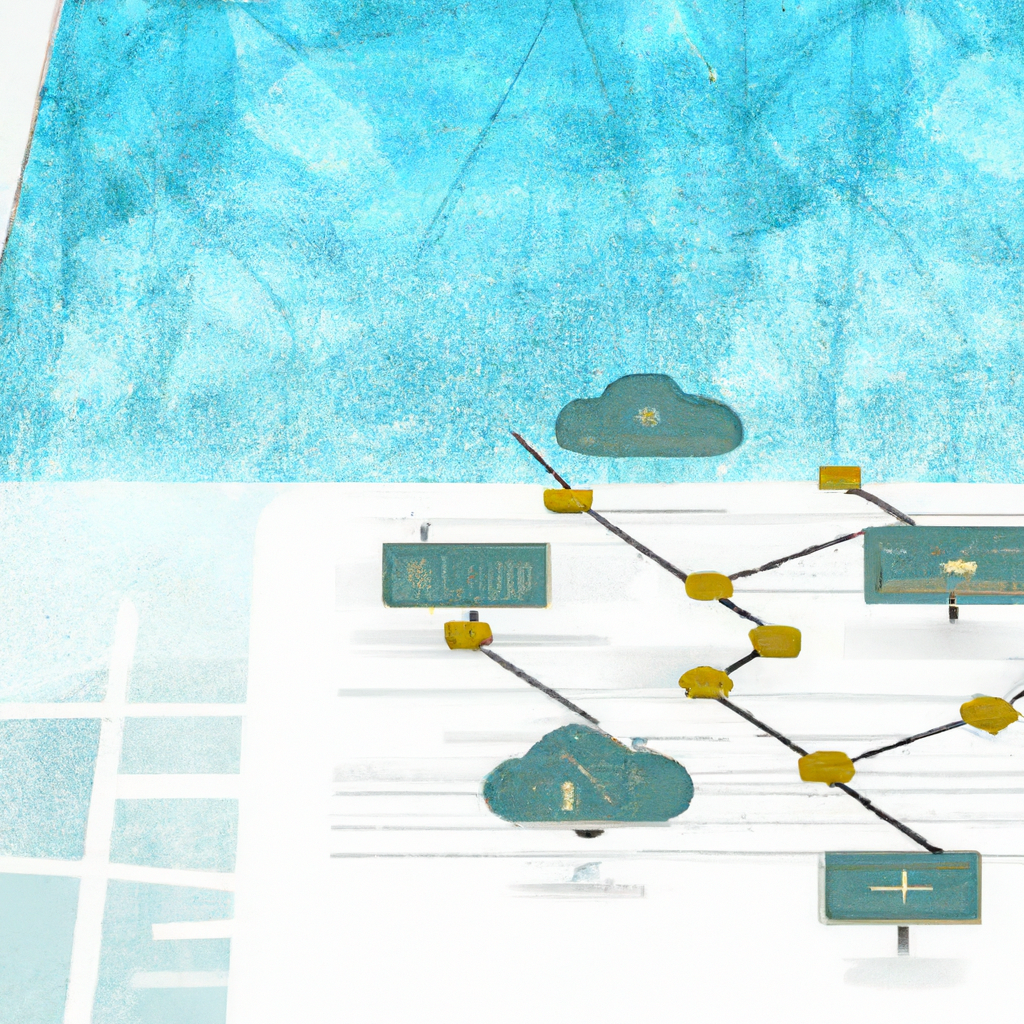So, picture this: you’re in charge of managing an IT infrastructure that spans across multiple cloud platforms and on-premises data centers. It’s a complex task that requires seamless coordination and optimal efficiency. Well, fear not, because we’ve got just the solution for you – GCP Anthos. With Anthos, you can easily manage your hybrid and multi-cloud environments, allowing for flexibility, scalability, and simplified operations. In this article, we’ll give you a crash course on what Anthos is all about and how it can revolutionize your cloud management game. Buckle up, because things are about to get exciting!
What is GCP Anthos

Overview
GCP Anthos is a comprehensive management platform provided by Google Cloud Platform (GCP) that allows organizations to effectively manage their hybrid and multi-cloud environments. It provides a consistent and scalable way to deploy, manage, and secure applications across different cloud environments, whether it’s on-premises or in the public cloud. With Anthos, organizations can avoid vendor lock-in and gain the flexibility to build, modernize, and manage applications using a variety of tools and services.

Features
GCP Anthos offers a wide range of features that simplify the management of hybrid and multi-cloud environments. These features include:
-
Kubernetes Engine: Anthos leverages Kubernetes, a popular open-source container orchestration system, to provide a consistent and reliable platform for deploying and managing applications across different environments. Kubernetes Engine enables organizations to easily scale their applications, improve resource utilization, and ensure high availability.
-
Istio Service Mesh: Anthos incorporates Istio, an open-source service mesh framework, to enhance the observability, security, and control of microservices-based applications. Istio enables traffic management, encryption, and authentication between services, allowing organizations to better manage and secure their applications in a hybrid and multi-cloud environment.
-
Cloud Run: Anthos integrates with Cloud Run, a serverless compute platform, to enable organizations to build and deploy containerized applications quickly. Cloud Run abstracts the underlying infrastructure, allowing developers to focus on writing code without worrying about the infrastructure aspects. This feature simplifies the development and deployment process and improves agility.
-
Config Connector: Anthos includes Config Connector, a Kubernetes add-on, that enables organizations to manage Google Cloud resources using Kubernetes-native CRDs (Custom Resource Definitions). With Config Connector, organizations can define and manage their infrastructure resources using declarative configurations, improving consistency and simplifying resource management across different environments.
-
GKE On-Prem: Anthos extends the Kubernetes Engine to on-premises environments, allowing organizations to manage their on-premises infrastructure using the same tools and processes as their cloud environments. GKE On-Prem enables a consistent and streamlined approach to managing hybrid cloud environments, enhancing agility and reducing complexity.
-
Migrate for Anthos: Anthos provides Migrate for Anthos, a tool that simplifies the migration of existing virtual machines (VMs) to containers running on Kubernetes. Organizations can modernize their applications and take advantage of the benefits of containerization without rewriting the entire application codebase.
-
Service Mesh Interface: Anthos incorporates the Service Mesh Interface (SMI), a specification that defines a standard set of APIs for different service mesh implementations. SMI enables organizations to choose and switch between different service mesh providers, allowing them to select the best fit for their specific requirements and avoid vendor lock-in.

Benefits
GCP Anthos offers several benefits for organizations looking to manage their hybrid and multi-cloud environments effectively:
-
Simplicity and Consistency: Anthos provides a unified management platform that offers a consistent experience across different cloud environments. This simplifies the management and deployment process and reduces complexity for IT teams.
-
Increased Flexibility: Anthos enables organizations to adopt a multi-cloud strategy, giving them the flexibility to deploy and manage applications across multiple cloud providers. This reduces reliance on a single vendor and mitigates the risks of vendor lock-in.
-
Improved Agility: Anthos leverages Kubernetes and other modern technologies to enable agile development and deployment processes. This results in faster delivery of applications, improved resource utilization, and increased scalability.
-
Enhanced Security: Anthos incorporates various security features like Istio Service Mesh to provide enhanced security and control over applications. It enables organizations to implement granular access controls, encryption, and authentication mechanisms, ensuring the protection of sensitive data.
-
Cost Optimization: Anthos helps organizations optimize their cloud infrastructure costs. With features like Kubernetes Engine and Cloud Run, organizations can better utilize resources, scale applications efficiently, and leverage serverless compute, thereby reducing operational costs.
-
Seamless Migration: Migrate for Anthos simplifies the migration of existing virtual machines to containers, enabling organizations to modernize their applications without significant code changes or disruptions. This facilitates the adoption of container technologies and enhances application portability.
-
Integration with Google Cloud Services: Anthos seamlessly integrates with various Google Cloud services, allowing organizations to leverage other GCP capabilities like Cloud Storage, BigQuery, and Pub/Sub. This integration provides additional functionality and value to organizations using Anthos.
Overall, GCP Anthos provides organizations with a comprehensive solution to manage their hybrid and multi-cloud environments effectively. It offers a wide range of features and benefits, enabling organizations to embrace agility, security, and flexibility in managing their applications.

